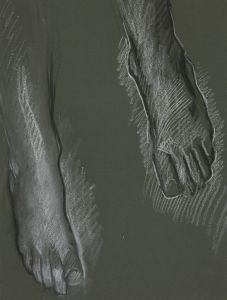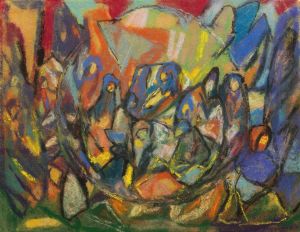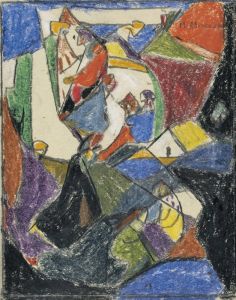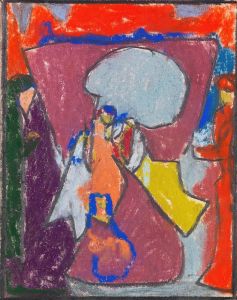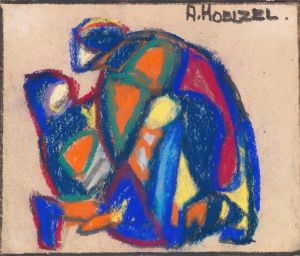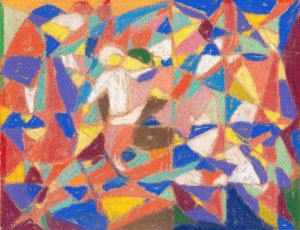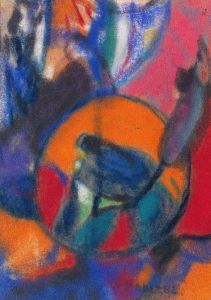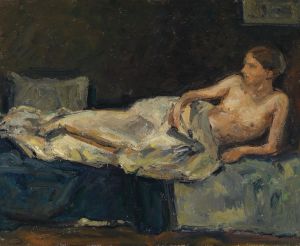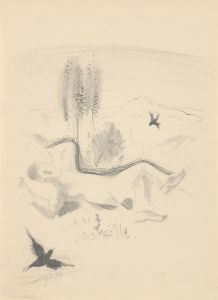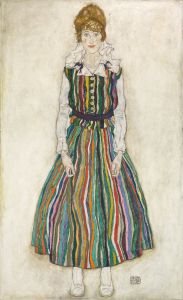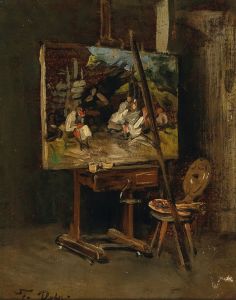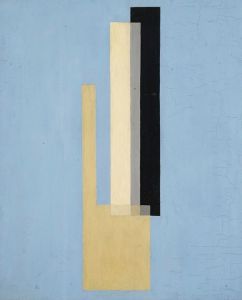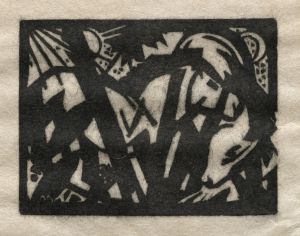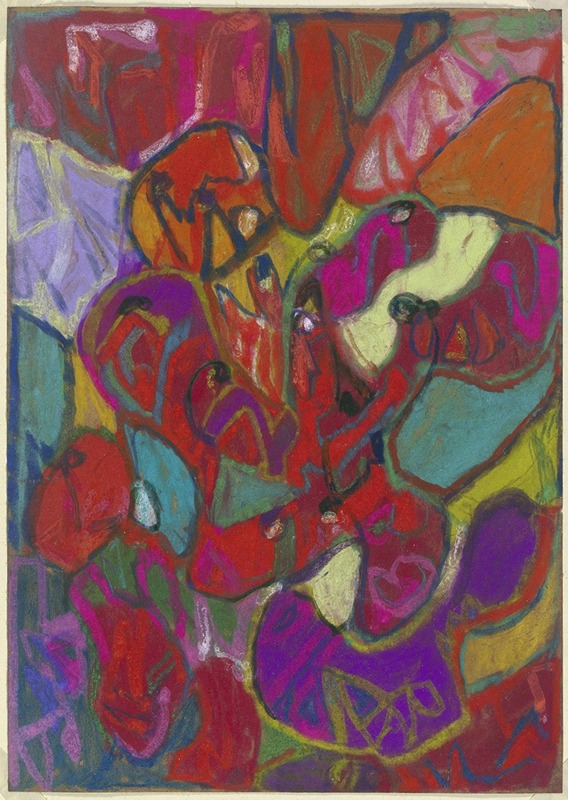
Abstrakte Komposition, Hochformat
A hand-painted replica of Adolf Hölzel’s masterpiece Abstrakte Komposition, Hochformat, meticulously crafted by professional artists to capture the true essence of the original. Each piece is created with museum-quality canvas and rare mineral pigments, carefully painted by experienced artists with delicate brushstrokes and rich, layered colors to perfectly recreate the texture of the original artwork. Unlike machine-printed reproductions, this hand-painted version brings the painting to life, infused with the artist’s emotions and skill in every stroke. Whether for personal collection or home decoration, it instantly elevates the artistic atmosphere of any space.
Adolf Hölzel was a significant figure in the development of abstract art in the early 20th century. Born in 1853 in Olomouc, Moravia, Hölzel was a painter and art theoretician who played a crucial role in the transition from traditional representational art to abstraction. He was a member of the Munich Secession and later became a professor at the Academy of Fine Arts in Stuttgart, where he influenced a generation of artists, including notable figures like Oskar Schlemmer and Willi Baumeister.
"Abstrakte Komposition, Hochformat" is one of Hölzel's works that exemplifies his exploration into abstract art. While specific details about this particular painting are scarce, it is representative of Hölzel's broader artistic philosophy and style. Hölzel was deeply interested in the spiritual and expressive potential of color and form, and he sought to move beyond the literal representation of objects to capture more profound, universal truths.
Hölzel's approach to abstraction was informed by his belief in the autonomy of art. He argued that art should not merely imitate nature but should instead express the inner experiences and emotions of the artist. This philosophy is evident in his abstract compositions, where he often employed a vibrant palette and dynamic forms to evoke emotional responses from the viewer.
Throughout his career, Hölzel experimented with various techniques and styles, gradually moving towards greater abstraction. His work often featured bold colors and geometric shapes, reflecting his interest in the interplay between form and color. Hölzel was also influenced by music, and he often drew parallels between musical composition and visual art, seeing both as means of expressing intangible emotions and ideas.
In addition to his painting, Hölzel was a prolific writer and educator. He developed a comprehensive theory of color and form, which he shared with his students and colleagues. His teachings emphasized the importance of individual expression and the subjective experience of art, ideas that were influential in the development of modernist art movements.
Hölzel's impact on the art world extended beyond his own work. As a teacher, he inspired many young artists who would go on to become prominent figures in the avant-garde movements of the early 20th century. His emphasis on abstraction and his innovative use of color and form helped pave the way for later developments in abstract art, including the Bauhaus movement and abstract expressionism.
Despite his significant contributions to the art world, Hölzel's work was not widely recognized during his lifetime. However, in recent years, there has been a renewed interest in his contributions to abstract art, and his paintings are now appreciated for their pioneering approach and expressive power.
In summary, "Abstrakte Komposition, Hochformat" by Adolf Hölzel is a testament to the artist's innovative spirit and his commitment to exploring the expressive potential of abstract art. Through his use of color, form, and composition, Hölzel sought to transcend the limitations of representational art and capture the essence of human emotion and experience. His work continues to inspire and influence artists and art enthusiasts around the world.





